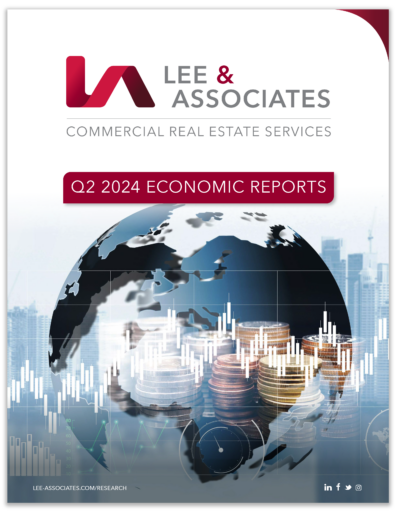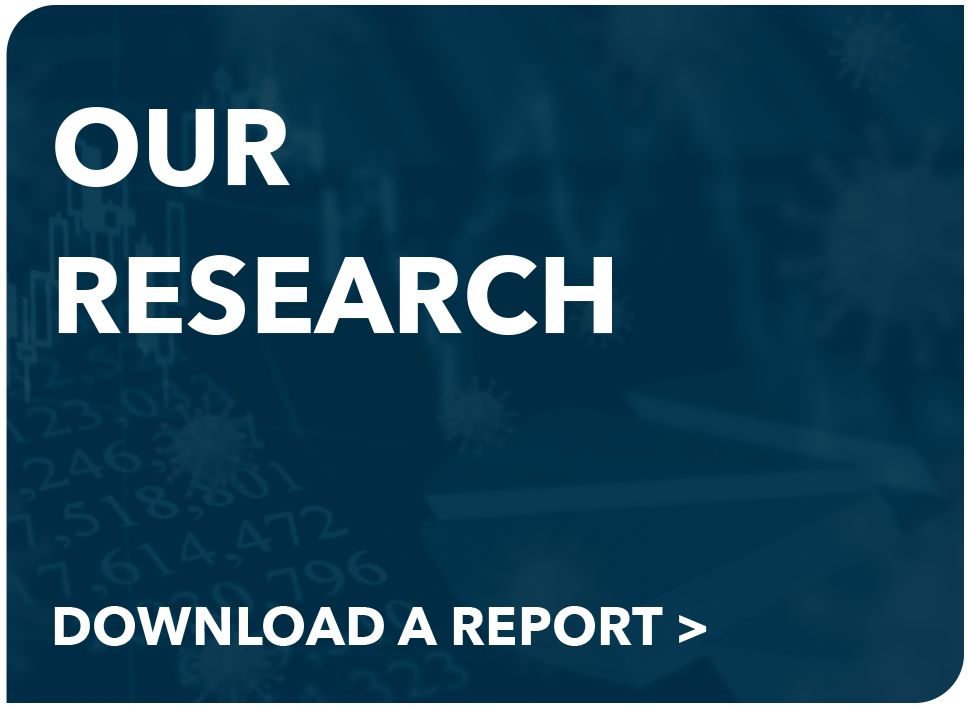GDP GROWTH:
The U.S. economy picked up steam in the second quarter, as the nation’s gross domestic product increased at a 2.8% annual rate compared to 1.4% in the first quarter, the Commerce Department said. The size of the GDP reading was more than expected and primarily reflected heightened consumer spending, business investment and inventory growth.
Consumer spending, which accounts for more than two-thirds of the economy, increased at about 2% after slowing to a 1.5% pace in the first quarter. Much of the increased spending was in June. The increased spending reflected growth in services led by health care, housing and utilities and recreation. Leading the spending gains on goods were sales of motor vehicles and parts, recreational products and vehicles, furnishings and durable household equipment, gasoline and other energy goods. Greater inventory investment was led by wholesale and retail trade, but those gains were partly offset by declines in mining, utilities and construction industries.
The growth in business investment reflected increases in equipment and intellectual property products that were partly offset by a decrease in structures. Investment in equipment rose at its fastest pace in more than two years. The quarterly GDP reading was well above the 2% growth expected by economists surveyed by Bloomberg.
Gross domestic purchases prices, the prices of goods and services purchased by U.S. residents, increased 2.3% in the second quarter, after increasing 3.1% in the first quarter. Excluding food and energy, prices in Q2 were up 2.5% after increasing 3.3% in Q1. READ MORE >
EMPLOYMENT:
Employers continued to deliver strong hiring reports as labor department data through June showed a 42nd consecutive month of job growth. But in addition to the 206,000 jobs added to the economy in June, the labor department announced revisions that reduced positions for April and May by 111,000. That brought down the three-month average to 177,000, the slowest pace since January 2021.
The overall unemployment rate ticked up to 4.1% in June, its highest level since November 2021, as about 277,000 people joined the labor force. There also was a rise in the unemployment rate for prime age workers, which account for two thirds of the labor force. There was an increase in the labor force participation rate to 62.6% that was driven by 83.7% participation among prime age workers, the highest since February 2022.
Wage growth, which was the slowest in three years, and other wage indicators recently has been moving in the direction sought by the Federal Reserve and other policymakers aiming to reduce inflation. June’s average hourly earnings data, an important measure for inflation, rose 0.3% from May. Year-over-year average hourly earnings slowed to 3.9% in June, down from 4.1% in May.
When added to May’s moderating prices, the new report could boost the Fed’s confidence in the inflation outlook after the disinflationary trend was disrupted in the first quarter. If favorable reports continue, analysts say financial markets expect interest rates to start easing in September.
Job growth was narrowly based in June. Government and healthcare-related jobs accounted for almost three-fourths of total job gains. There were 70,000 government jobs added in June, up from 25,000 in May. There also were 82,400 jobs added in healthcare and social assistance. READ MORE >
MONETARY POLICY:
The overnight federal funds rate was left unchanged in the second quarter, and Federal Reserve officials signaled that at least one interest rate cut remains on the table for 2024 instead of three rate reductions the central bank had been planning early this year.
Those plans for borrowers’ relief were scuttled when increased price pressures in the first quarter forced Fed officials to scrap any idea of a rate cut this summer. By the second quarter, however, those price pressures had abated, and disinflation had resumed. The consumer price index showed in May that the 12-month change measure of total CPI inflation had fallen to 3.3%, which Fed Chair Jerome Powell called “encouraging.”
In the committee’s minutes for its June meeting, the first area addressed was the condition of financial markets. It was noted that financial conditions eased modestly over the intermeeting period. This was mainly because of higher equity prices, which appeared to respond to the reductions in the perceived odds of a recession, and a consensus among market participants that the federal funds rate has reached its peak. READ MORE >
GLOBAL ECONOMY:
Global growth was expected to remain stable, rising to 3.2% in 2024 and 3.3% in 2025, according to a second-quarter forecast by the International Monetary Fund. Although the outlook for expansion was broadly unchanged from the first quarter, offsetting growth revisions have shifted the composition, the IMF said.
In its World Economic Outlook Update the IMF said that among advanced economies growth is expected to slow over the coming quarters. In the United States projected growth was revised to 2.6%, down 0.1% from Q1. Growth is expected to slow to 1.9% in 2025 as the labor market cools and consumption moderates with fiscal policy starting to tighten gradually. By the end of 2025, growth is projected to taper to potential, closing the positive output gap.
In the euro area, the IMF said that activity appears to have bottomed out. A modest pickup of 0.9% is expected for 2024, driven by stronger momentum in services and higher-than-expected net exports in the first half of the year. Growth is projected to rise to 1.5% in 2025. This is supported by stronger consumption on the back of rising real wages, as well as higher investment from easing financing conditions amid gradual monetary policy loosening this year. But there was continued weaknesses in manufacturing, suggesting a more sluggish recovery for some nations such as Germany.
A wage settlement in Japan – in which the nation’s biggest companies agreed to raise wages by 5.28% – was expected to support a turnaround in private consumption. But the 2024 growth outlook was revised downward by 0.2 percentage point due largely to supply disruptions and weak private investment. READ MORE >




